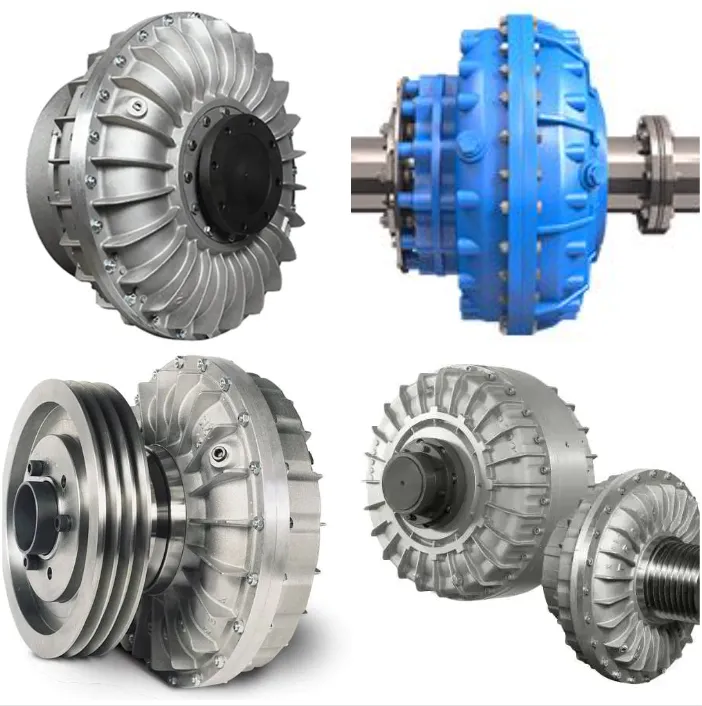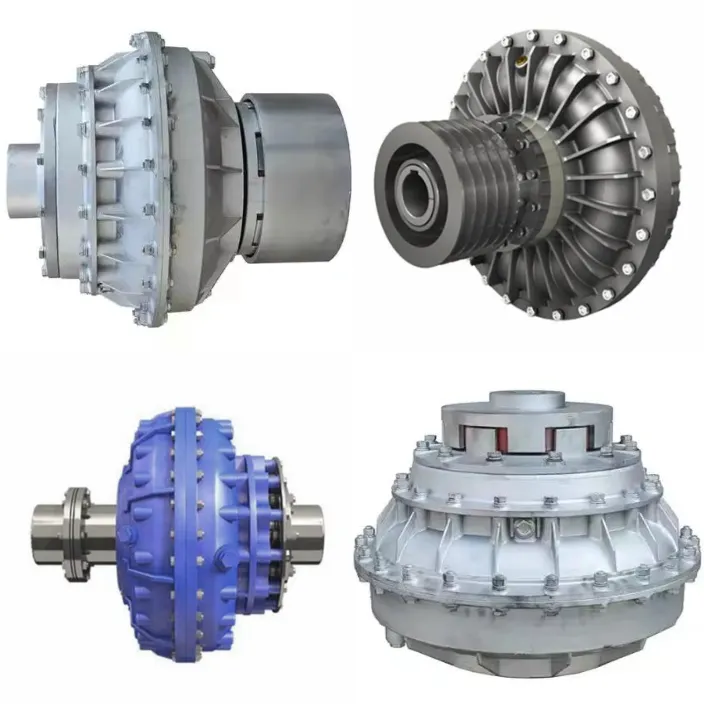Introduction to Oil Couplings
1. Definition
Oil couplings are mechanical devices designed to transfer rotational motion and torque between two disconnected shafts while accommodating misalignment. They play a crucial role in machinery by enabling the smooth transfer of power.

2. Purpose
The primary function of oil couplings is to facilitate the transmission of rotational energy from one shaft to another. They are essential in applications where two shafts are not perfectly aligned, allowing for the efficient transfer of power without causing damage to the machinery.
3. Construction Details
Oil couplings come in various types, including fluid couplings, gear couplings, and hydraulic couplings. Each type has unique features and applications, making them suitable for different industrial needs.
4. Advantages and Disadvantages
Fluid couplings offer smooth power transmission and torque multiplication, while gear couplings provide high torque capacity and durability. Hydraulic couplings excel in applications requiring precise control and variable speed. However, each type has its drawbacks, such as potential fluid leakage in fluid couplings and maintenance requirements in gear couplings.
5. Components and Design
The main components of an oil coupling include the driving unit, driven unit, and the hydraulic fluid chamber. These components work together to transmit power efficiently and accommodate misalignment. The hydraulic fluid plays a crucial role in the operation of oil couplings, ensuring smooth power transmission.
Types of Oil Couplings
1. Construction Details
Fluid couplings utilize hydraulic fluid to transmit power, offering smooth operation and overload protection. Gear couplings use meshing gears to transfer torque, providing high efficiency and durability. Hydraulic couplings use hydraulic principles to transmit power, enabling precise control and variable speed applications.
2. Advantages and Disadvantages
Fluid couplings are ideal for applications requiring smooth power transmission and overload protection but may experience fluid leakage. Gear couplings offer high torque capacity and durability but require regular maintenance. Hydraulic couplings provide precise control and variable speed options but may be more complex to operate.
Components and Design
Key Points
1. Driving unit: The component that transfers power to the oil coupling.
2. Driven unit: The component that receives power from the oil coupling.
3. Hydraulic fluid chamber: The space where hydraulic fluid is contained to facilitate power transmission.
4. Working Mechanism: The hydraulic fluid transmits power by filling the chamber and creating a connection between the driving and driven units.
5. Misalignment Accommodation: Oil couplings can accommodate misalignment between shafts, ensuring smooth power transmission.
About HZPT
Basic information
Our company HZPT was established in 2006 and has been a leading manufacturer and exporter of couplings for 16 years. We have a dedicated design and R&D team that can customize products to meet global customer requirements. With a comprehensive quality inspection system, all our products have CE and TUV certificates, ensuring the highest quality standards.
Advantages
– 20 years of ODM and OEM experience
– 100% testing before shipment
– 24-hour customer service
– Use of the best materials in product manufacturing
– Factory direct sales for 4 years
– Customization, OEM, ODM options available
Our company philosophy revolves around quality and credibility, ensuring that our products, including oil couplings, meet the highest standards. With a wide range of couplings available for various industrial applications, we aim to provide the best service and product quality to our customers in Europe and the United States. Contact us today for all your coupling needs!

